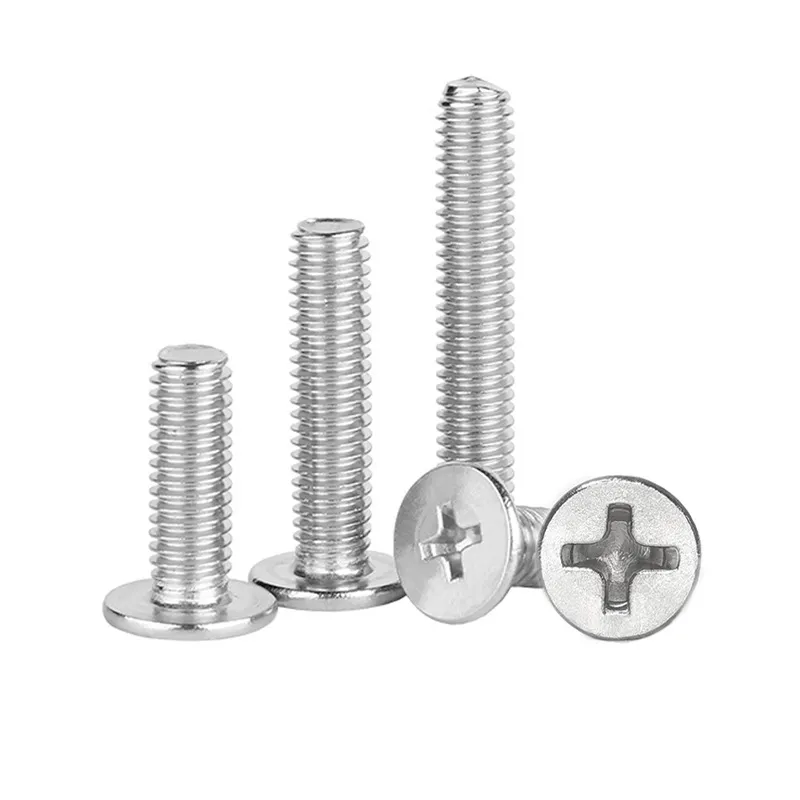

spring washer and washer
Sep . 21, 2024 14:31 Back to list
spring washer and washer
Understanding Spring Washers and Washers Their Importance in Mechanical Applications
Understanding Spring Washers and Washers Their Importance in Mechanical Applications
A washer is a flat piece of material, typically made from metal, plastic, or rubber, that is used to distribute the load of a threaded fastener, such as a bolt or nut. Its primary function is to reduce friction and prevent damage to surfaces during tightening. Furthermore, washers help to prevent loosening due to vibrations by increasing the surface area that makes contact with the fastening surface. They come in various sizes and shapes, including flat washers, lock washers, and special purpose washers, catering to specific engineering applications.
spring washer and washer

On the other hand, the spring washer—a type of lock washer—is designed to provide additional tension and prevent the loosening of threaded fasteners. The most common type of spring washer is the helical spring washer, which is shaped like a coil and exerts outward pressure once compressed. This constant pressure helps maintain the tightness of bolts and nuts even under dynamic conditions, such as vibrations and thermal expansions. Spring washers are essential in high-stress environments, such as in automotive and aerospace applications, where the integrity of fastened joints is critical.
Using spring washers and regular washers together can enhance the effectiveness of the fastening system. For example, placing a flat washer beneath a bolt head and a spring washer underneath a nut creates a stronger grip, reducing the likelihood of slippage. This combination is particularly effective in applications where machinery experiences high levels of vibration or changes in temperature, which can otherwise lead to fastener failure.
In conclusion, while both spring washers and regular washers are minor components in mechanical assemblies, their roles are crucial in ensuring the reliability and safety of machinery. Engineers must carefully consider the choice of washer type based on the specific requirements of their applications. Understanding the differences and advantages of each can lead to better design decisions and improved performance in various mechanical systems. As technology continues to advance, the evolution of these simple yet critical components will undoubtedly play a key role in future engineering innovations.
Latest news
-
High-Strength Hot-Dip Galvanized Bolts-Hebei Longze|Corrosion Resistance&High Strength
NewsJul.30,2025
-
Hot Dip Galvanized Bolts-Hebei Longze|Corrosion Resistance&High Strength
NewsJul.30,2025
-
Hot Dip Galvanized Bolts - Hebei Longze | Corrosion Resistance, High Strength
NewsJul.30,2025
-
High-Strength Hot Dip Galvanized Bolts-Hebei Longze|Corrosion Resistance, Grade 8.8
NewsJul.30,2025
-
Hot Dip Galvanized Bolts-Hebei Longze|Corrosion Resistance,High Strength
NewsJul.29,2025
-
High-Strength Hot Dip Galvanized Bolts - Hebei Longze Metal Products Manufacturing Co., Ltd.|corrosion resistance&high strength
NewsJul.29,2025

